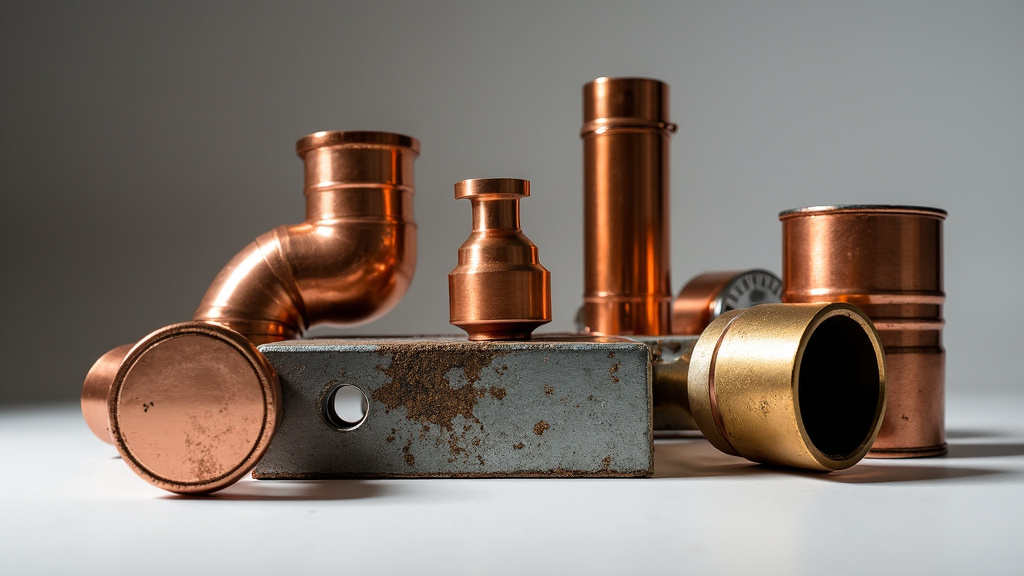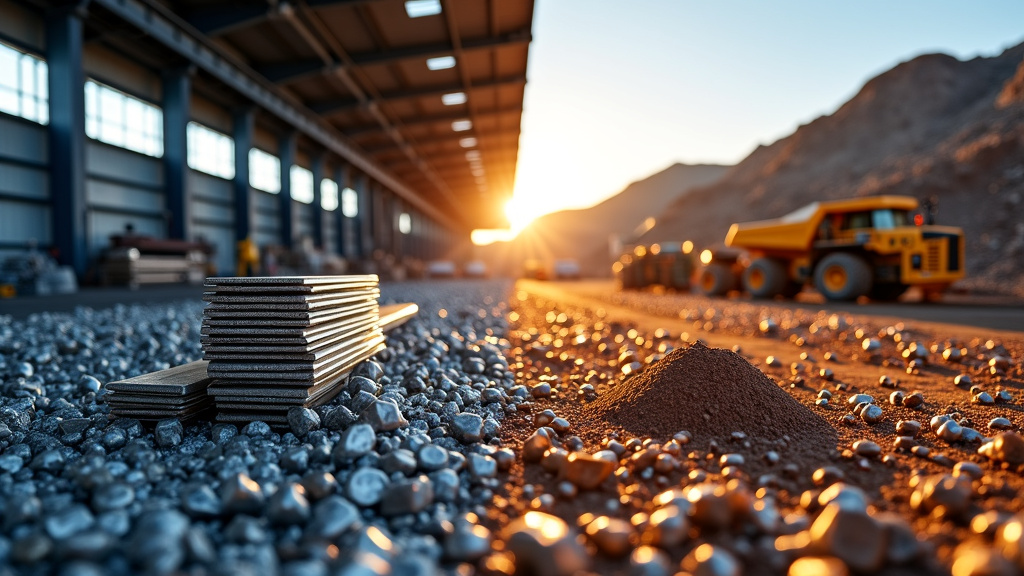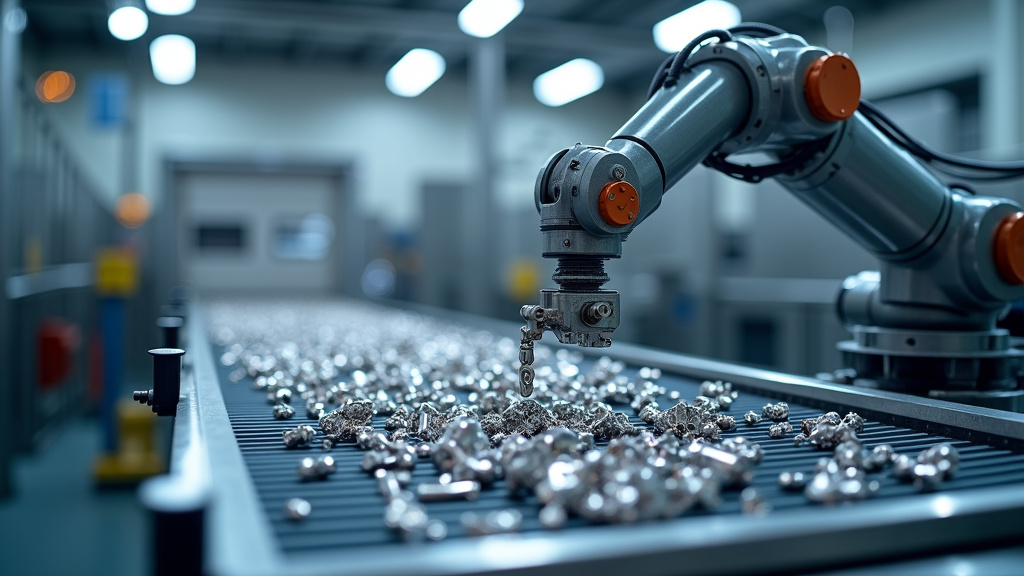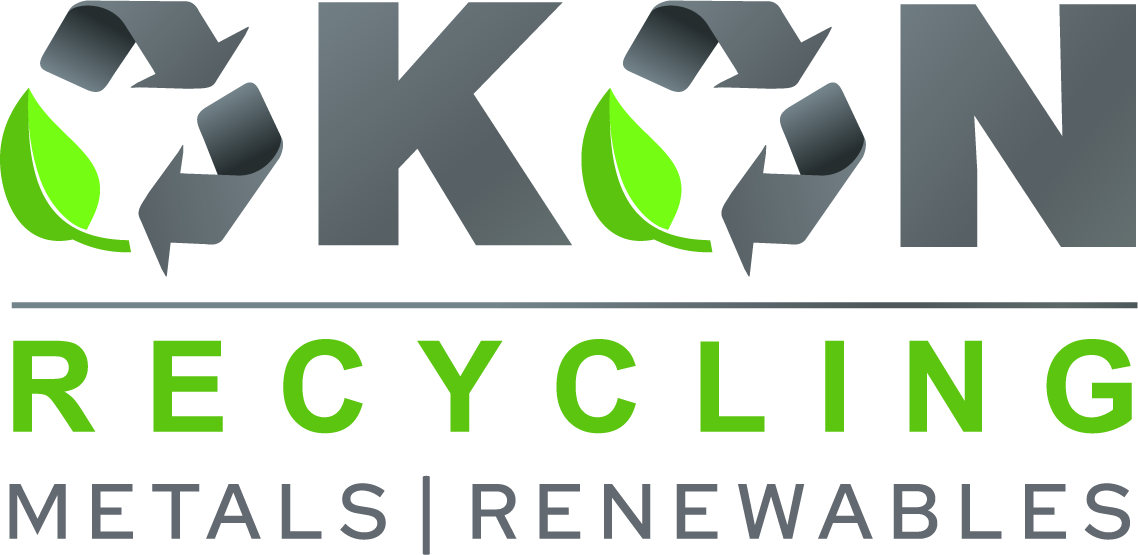5901 Botham Jean Blvd, Dallas, TX 75215
The Importance of Metal Waste Management in Today’s World
April 1, 2025Did you know that over 2 billion tons of metal waste are generated globally each year? This figure highlights the critical importance of metal waste management in our industrialized world. As we face the environmental challenges of the 21st century, our approach to handling and processing metal waste has significant implications for our planet’s health and economic future.
Metal waste management is not just about preventing landfills from overflowing—it is essential for environmental sustainability, resource conservation, and economic efficiency. With industries producing substantial amounts of metal waste daily, implementing proper management techniques is no longer just a noble goal—it is an absolute necessity.
This article explores why metal waste management is crucial now more than ever and how it is shaping a more sustainable future for us all.
Understanding the Different Types of Metal Waste

In metal recycling, not all scraps are created equal. Metal waste is diverse, with each type requiring specific handling and recycling processes. Let’s explore the two main categories of metal waste and their unique characteristics.
Ferrous Metals: The Iron Giants
Ferrous metals are the workhorses of the metal world, containing iron as their primary component. These metals are magnetic and generally more robust than their non-ferrous counterparts. Common types of ferrous metal waste include:
- Steel: Found in construction materials, vehicles, and appliances
- Cast Iron: Often used in pipes, cookware, and heavy machinery
- Wrought Iron: Utilized in decorative items and some building components
Recycling ferrous metals is crucial for environmental conservation. According to the Waste Management and Recycling Resource, the process typically involves sorting, shredding, and melting these materials to create new steel products.
Non-Ferrous Metals: The Versatile Variety
Non-ferrous metals do not contain iron and are not magnetic. These metals are prized for their malleability, resistance to corrosion, and conductivity. Common types of non-ferrous metal waste include:
- Aluminum: Used in beverage cans, foil, and aerospace components
- Copper: Found in electrical wiring, plumbing, and electronics
- Brass: Often used in musical instruments, decorative items, and plumbing fixtures
- Lead: Utilized in batteries and radiation shielding
- Zinc: Found in galvanized steel and die-cast products
Non-ferrous metals are particularly valuable in the recycling industry. These metals generally have a higher scrap value than ferrous metals and are traded by the pound rather than by the ton.
| Property | Ferrous Metals | Non-Ferrous Metals |
|---|---|---|
| Iron Content | Contains iron | Does not contain iron |
| Magnetism | Magnetic | Non-magnetic |
| Corrosion Resistance | Prone to rust and corrosion | Resistant to corrosion |
| Strength & Durability | High tensile strength | Varies, generally less than ferrous |
| Cost | Generally cheaper | More expensive |
| Typical Uses | Construction, automotive, machinery | Electrical wiring, plumbing, aerospace |
The Importance of Proper Sorting
Understanding the different types of metal waste is crucial for effective recycling. Proper sorting ensures that each metal type undergoes the appropriate recycling process, maximizing recovery and minimizing environmental impact. For instance, aluminum can be recycled indefinitely without losing its properties, while steel recycling saves significant energy compared to producing new steel from raw materials.
By recognizing and properly handling these diverse metal waste types, we can contribute to a more sustainable future. Remember, whether it’s a discarded steel beam or an old copper wire, each piece of metal waste has the potential for a new life through recycling.
The Environmental Impact of Proper Metal Waste Management

Protecting our planet requires every effort, and proper metal waste management is a powerful tool, offering benefits such as reduced landfill use, conservation of natural resources, and a decrease in greenhouse gas emissions. Let’s explore how recycling metals can transform our manufacturing sector into a sustainable powerhouse.
First, addressing the landfill issue: Metal waste occupies valuable space in overburdened landfills. Diverting metals not only frees up space but also prevents potential soil and water contamination. The Institute of Scrap Recycling Industries estimates that recycling metal can cut greenhouse gas emissions by 300 to 500 million tons, akin to removing millions of cars from the road.
Next, consider resources. Mining virgin ores is energy-intensive and disrupts ecosystems. Recycling metals taps into an urban mine of existing materials, conserving natural habitats while meeting metal needs. Using scrap metal instead of virgin ore generates 97% less mining waste, a significant difference.
Energy Savings: The Hidden Champion
The energy savings from metal recycling are remarkable. Recycling aluminum saves 95% of the energy required for primary production. This is not a typo—95%!
Aluminum isn’t the only star. Recycling steel uses 60% less energy than producing it from scratch. For perspective, recycling one aluminum can saves enough energy to power a 60-watt light bulb for over four hours. The cumulative impact at industrial levels is substantial.
These energy savings directly reduce greenhouse gas emissions. The Northeast Recycling Council reports that recycling steel leads to an 86% reduction in air pollution and a 76% reduction in water pollution, benefiting our atmosphere and waterways.
The Ripple Effect on Manufacturing
The benefits extend beyond recycling plants. Providing manufacturers with recycled materials reduces the environmental footprint of the production chain. This shift towards a circular economy not only reduces emissions but also fosters innovation and efficiency.
Companies embracing recycled metals lead sustainable manufacturing practices, reducing their carbon footprint and positioning themselves as market leaders. It’s a case of doing well by doing good.
As consumers, we can drive this change. Choosing products made from recycled metals and properly disposing of metal waste supports a cleaner, greener future. Every can, appliance, and scrap of metal matters in reshaping our resource relationship.
The environmental impact of proper metal waste management is clear. It’s not just about keeping metal out of landfills—it’s about reimagining production and consumption. Embracing recycling and sustainable practices helps forge a path to a more resilient, resourceful, and responsible future, one recycled can at a time.
The Future of Metal Waste Management: Trends and Innovations

The future of metal waste management is poised for significant transformation. Technological advancements and a growing focus on sustainability are driving key trends that promise to reshape how we handle and recycle metal waste.
Artificial intelligence and robotics are leading these innovations. Advanced AI algorithms are being developed to sort and identify different types of metals more accurately, even in complex waste streams. This technology, combined with sophisticated robotic systems, is significantly improving the efficiency and accuracy of metal sorting processes. For instance, collaborative robots, or cobots, are now used in recycling facilities for tasks such as material handling, inspection, and maintenance alongside human workers.
Another exciting development is the emergence of new recycling techniques for complex metals. As products become more sophisticated, so must our recycling methods. Researchers and companies are developing innovative processes to recover valuable metals from electronic waste, lithium-ion batteries, and other challenging sources. These advancements are not only improving recycling rates but also securing a sustainable supply of critical metals for future technologies.
Perhaps the most significant shift in the industry is the growing adoption of circular economy principles. This model aims to keep resources in use for as long as possible, extract maximum value from them, then recover and regenerate products and materials at the end of their service life. In metal production and consumption, this means designing products for easy disassembly and recycling, increasing the use of recycled metals in manufacturing, and developing new business models that prioritize resource efficiency.
Final words: Partnering with the Right Companies
As these trends continue to shape the metal waste management landscape, it’s crucial for businesses and individuals to stay informed and adapt to these changes. Partnering with experienced recyclers like Okon Recycling can help you navigate these emerging technologies and practices, ensuring that your metal waste management strategies are both effective and sustainable. By embracing these innovations, we can all contribute to a more circular and resource-efficient future.
To learn more about adapting to these future challenges in metal waste management, consider reaching out to the experts at Okon Recycling. Contact us at 214-717-4083 to discuss how their cutting-edge recycling solutions can benefit your business and contribute to a more sustainable future.
